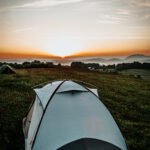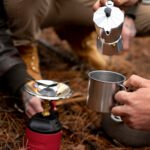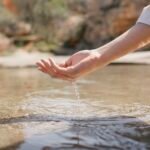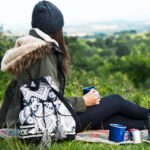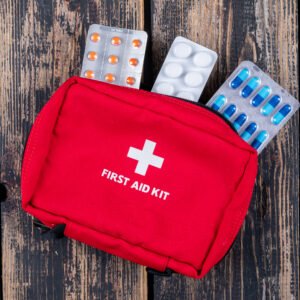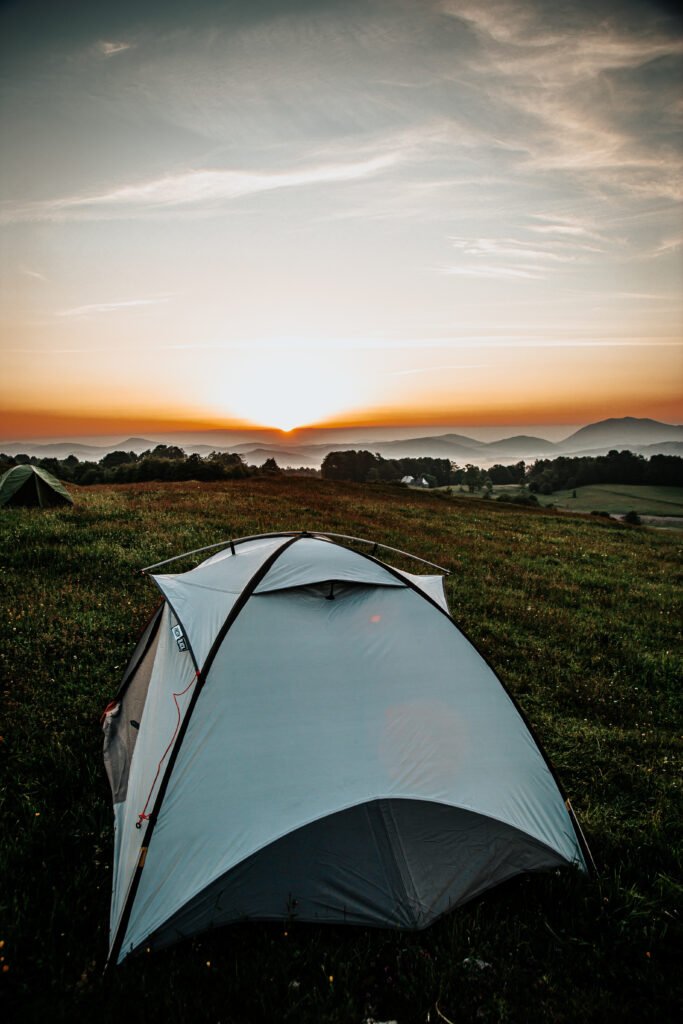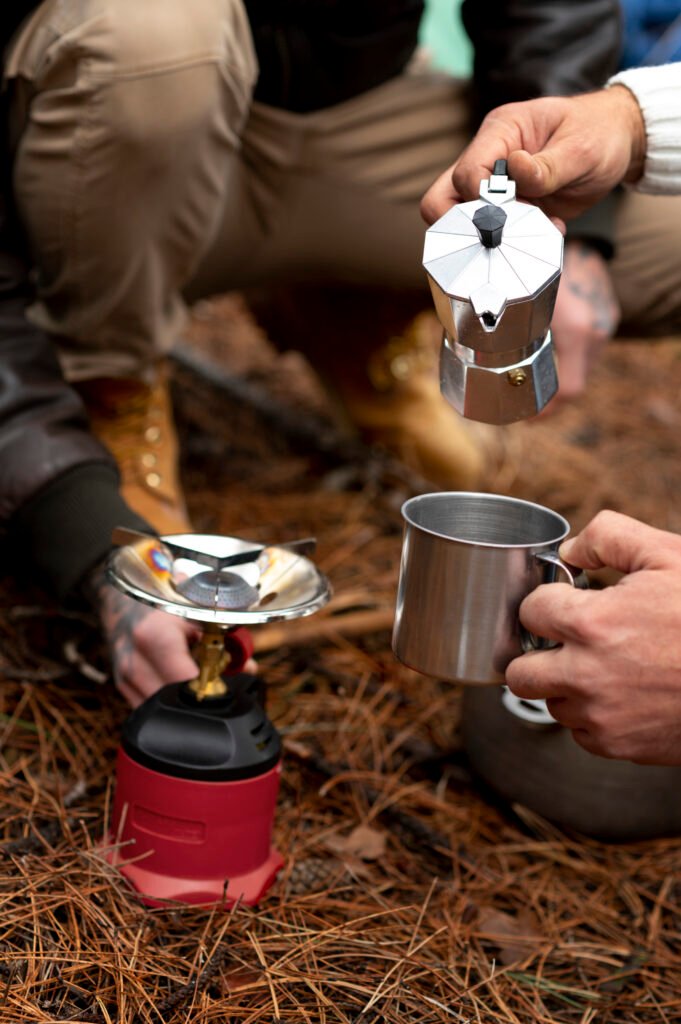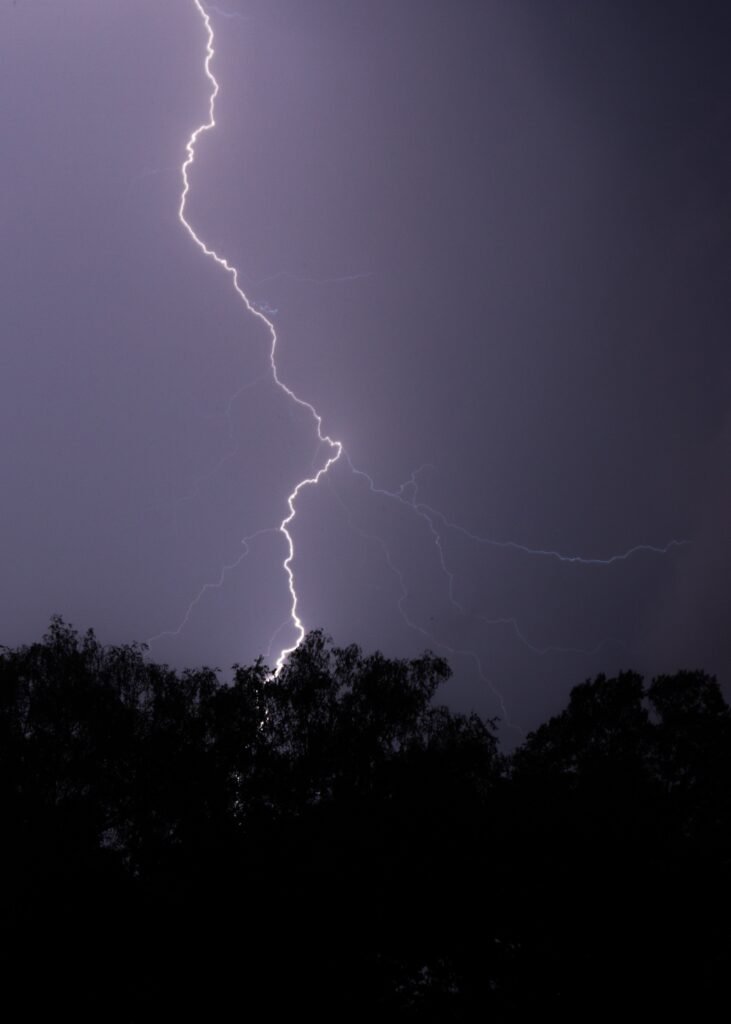Your complete guide to purifying water in the wilderness
Out in the wild, clean drinking water isn’t optional—it’s essential for survival. Whether you’re hiking through remote trails or relaxing at a peaceful campsite, knowing how to purify water while camping is a skill you can’t skip.
Let’s keep it simple. No fancy terms—just straight-up, useful advice.”
Why water purification matters so much?
Imagine this: You’re on day three of an epic backpacking trip. The views are stunning, your spirits are high, but your water bottles are completely dry. That crystal-clear stream nearby looks like the perfect refill, right?
But, do not trust so soon. You can never be certain what’s happening upstream—perhaps a carcass lies decaying in the river, or livestock are wandering nearby, contaminating the water with their waste. Maybe your fellow hikers scrubbed themselves in the very lake that’s now feeding your water bottle. And don’t be fooled by a rushing current; even fast-moving streams can hide dangerous surprises.
Even the most pristine-looking natural water sources can be hiding dangerous contaminants. Bacteria, viruses, and parasites thrive in untreated water from lakes and streams. Campers often fall victim to invisible threats like Giardia, E. coli, and Cryptosporidium—tiny troublemakers that can turn your trip into a disaster.
Question: How can you tell if water is contaminated?
Answer: You can’t—not just by looking. Even the clearest mountain stream might carry harmful microorganisms you definitely don’t want to ingest.
Most effective water purification methods for camping
The time tested method : Boiling Water
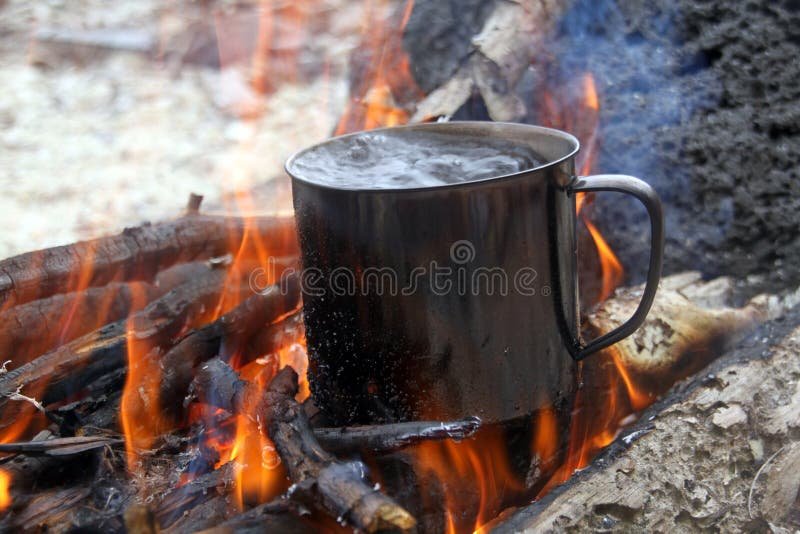
Pic Credit Robert Ireland : Dreamstime.com
The most reliable camping water treatment available is boiling. It is the best way to kill the germs in the water.
How to do it the right way?
- Collect water from a flowing source
- Bring it to a rolling boil for at least 1 minute
- At high altitudes, boil for 3 minutes
Boiling water is easy, safe and needs no special equipment, but it needs fuel and time. Sometimes, if you are camping during summers, then hot water don’t seem refreshing.
Camping Water Filters: Clean Water, Anytime, Anywhere
Water filters for camping have become essential for outdoor adventures, offering fast, reliable access to clean water from natural sources. Whether you’re solo hiking or in a group, there’s a filter to match your needs.
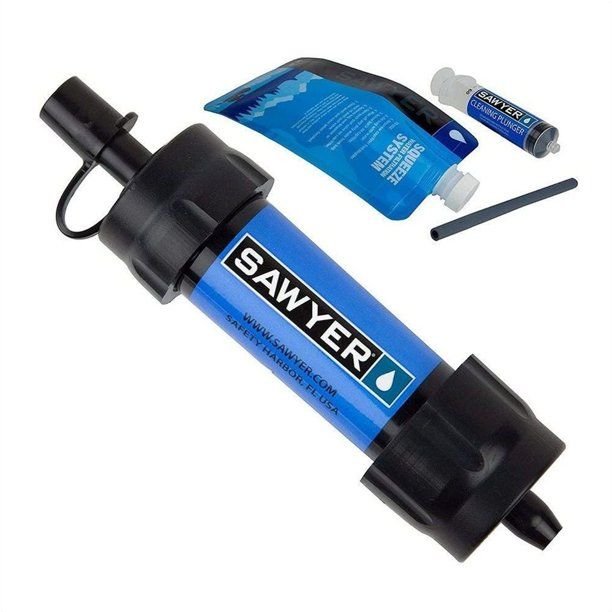
Popular options include:
- Sawyer Squeeze – Ultralight, attaches to bottles or bags
- LifeStraw – Sip directly from streams
- Katadyn Pump Filters – Great for fast manual filtering
Pump-action filters use a manual pump to push water through a filter. They’re fast but can be bulky and tiring. Suction filters let you drink directly through a straw or hose.
All filters remove sediment, bacteria, and protozoa, but most don’t kill viruses, so pairing with chemical treatment tablets is a smart move in high-risk areas.
Filters need regular cleaning and care, especially after filtering dirty water. While some options are pricey or space-consuming, they’re a smart investment for staying safe and hydrated in the wild.
UV Water Purifiers – A fast light weight option
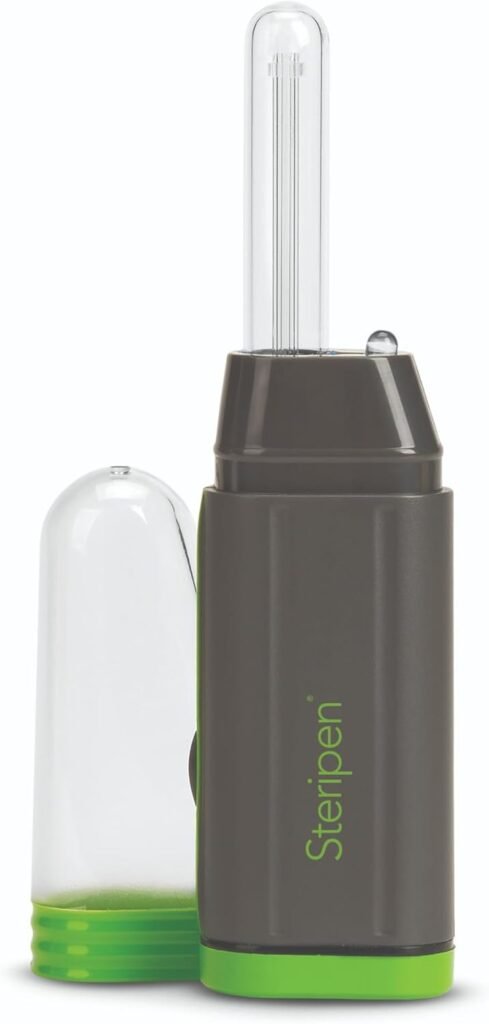
UV water purifiers, like the popular SteriPEN, use ultraviolet light to kill bacteria, viruses, and protozoa in water—making them a fast and reliable tool for campers and solo travelers who prefer lightweight packing. Just insert the device into clear water, stir for about 60 seconds, and you’re done. No chemicals, no waiting for hours.
However, UV purifiers only work if the water is clear, since UV light can’t penetrate murky or cloudy water. For best results, pre-filter dirty water first. Also, keep in mind they run on batteries, so always carry spares.
Another solar-powered UV option is the sunlight disinfection method—a backup when gear fails. Fill clear bottles, shake well to add oxygen, and leave them in direct sunlight for 6+ hours. This slow but low-cost method works best when skies are clear and time is on your side.
In short, UV water purification is a quick, effective solution for campers, but works best in clear conditions with proper planning. Always carry a backup option in case batteries die or water clarity is poor.
Chemical disinfection: Water purification tablets and drops
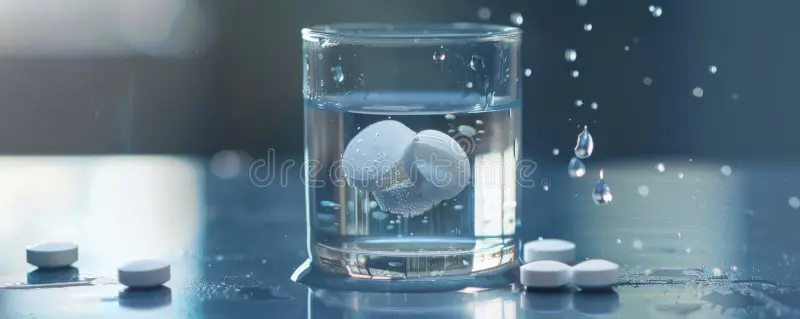
When you’re out camping or hiking, water purification tablets or drops are one of the easiest and most reliable ways to make natural water safe to drink. These lightweight and compact solutions—like iodine tablets, chlorine dioxide drops, or Aquatabs—kill harmful bacteria, viruses, and parasites.
Here’s how it works: Just drop a tablet or add a few drops into your water bottle, shake it up, and wait. On average, it takes 15 to 30 minutes to purify clear water. If the water is cold or cloudy, give it more time—up to 4 hours—as purification slows down in low temperatures.
Chlorine dioxide (used in brands like Aquamira) is widely preferred because it works well against tough parasites like Cryptosporidium and leaves a milder taste than iodine. Iodine also works effectively but has a stronger aftertaste and isn’t ideal for pregnant women or those with thyroid issues.
Always follow package instructions carefully for safe use. Want to make it taste better? Drop in a flavored electrolyte tablet after the purification process.
These tablets may not be glamorous, but they can truly be lifesavers when clean water is out of reach.
Gravity Water Filters: The Smart Choice for Group Camping
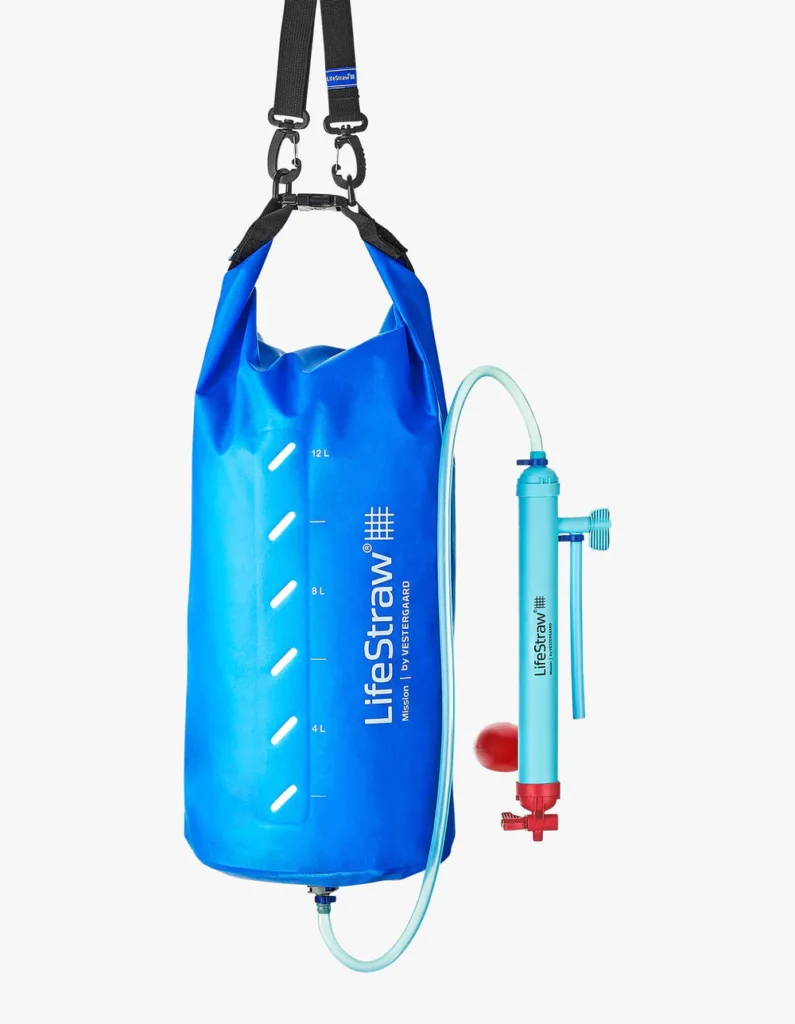
Pic Credit : lifestraw.com
Gravity water filters are a game-changer for campers, especially when you’re out with a group. They’re lightweight, efficient, and don’t require batteries or manual effort. Just fill the reservoir, hang it on a sturdy branch, and let gravity pull water through the filter into your clean container—no pumping, no fuss.
These filters remove bacteria, protozoa, and microplastics, making untreated water from streams or lakes safe to drink. They’re ideal for base camps or longer stays, as they can purify several liters at once—perfect for cooking, cleaning, and refilling everyone’s bottles in one go.
However, gravity systems do need elevation support like a tree limb or tripod to work properly. Setup takes a little planning, and the gear can be bulky compared to solo-use filters—but the ease of use and high volume output make up for it.
Learning how to filter water in the wild is a must-have skill for every camper. Waterborne illnesses can turn a great trip into a disaster. With a gravity filter in your kit, you stay prepared, hydrated, and confident—no matter how remote your adventure gets.
Why Use More Than One Method to Treat Water in the Wild?
Many seasoned campers and backpackers opt for a two-step purification process: combining filtration with chemical drops or boiling. Here’s why it works so well:
- Step 1 – Filter First Most portable filters are great at removing sediment, bacteria, and protozoa. This not only makes your water clearer and taste better, but also speeds up the effectiveness of any chemical treatment that follows.
- Step 2 – Chemical or Heat Once the water is visibly cleaner, chemicals like chlorine dioxide or iodine drops can penetrate better and neutralize viruses—which most filters can’t catch. Boiling is another excellent follow-up when possible, especially in cold conditions or at higher altitudes where chemical reactions slow down.
DIY Water Filtration & Smart Purification Tips for Campers and Hikers
When you’re in the wilderness and need a quick water solution, improvised water filters can help—but they’re only a first step.
🛠️ Improvised Water Filter for Camping
Create a simple DIY water purifier by layering a bandana, sand, charcoal, and gravel in a container. This method helps remove physical sediment, dirt, and larger particles from untreated water sources like rivers, lakes, and streams.
⚠️ Important: This filter does not remove bacteria, viruses, or parasites. Always follow up with boiling or a chemical treatment to ensure your water is fully safe for drinking.
Wilderness Water Safety Tip
Never drink untreated water unless you’re in a life-or-death emergency. Untreated water can carry dangerous pathogens like giardia or E. coli that cause serious illness.
Outdoor Water Purification Made Simple
Each adventure calls for a different approach to safe drinking water. Here’s how to match your purification method to your style of travel:
👣 Solo Backpackers
Traveling light and fast? Go with a UV purifier or a personal straw/filter bottle. These are compact, quick to use, and perfect for treating small amounts of water on the go.
🏕️ Camping with a Group
When you’re responsible for the hydration needs of several people, you’ll want a gravity filter system or a high-capacity pump filter. These handle large volumes and make sharing water treatment duties easy.
🚙 Car Campers
Got space in your trunk? Bring a variety of water treatment methods—like a filter, a stove for boiling, and chemical drops. Flexibility is key when you’re camping closer to amenities.
🆘 Emergency Preparedness Kits
Packing for “just in case”? Choose purification tablets. They’re tiny, last ages, and make clean water available wherever you are—even if other gear fails.
Best Practices for Safe Drinking Water Camping
- Always pre-filter murky water with a cloth.
- Choose flowing water over stagnant pools.
- Store purified water in clean containers.
- Practice your method at home before your trip.
Water Purification Prep & Care
Before you go:
- Test gear
- Check tablet expiry
- Pack spare UV batteries
- Scout water sources
While camping:
- Rinse filters often
- Keep gear clean and dry
- Bring extra purifiers
- Watch water quality
Wrapping Up: Keep It Clean, Keep It Safe
Water purification while camping doesn’t need to be overwhelming. Reliable methods like boiling water or using a high-quality camping filter offer dependable protection. For added peace of mind, toss in chemical drops or purification tablets as a backup—especially for emergencies. And here’s a golden rule: always test your setup before hitting the trail.
Clean water might add a bit of weight to your gear, but it’s non-negotiable. Better a few extra ounces than a trip ruined by waterborne illness.
🌄 Ready to Hit the Trail?
Choose your primary water treatment, pack a secondary option, and do a dry run at home. Your next outdoor adventure depends on it.
🔁 Quick Rundown of Proven Camping Water Purification Methods:
- Boiling water for full pathogen kill
- Camping water filters for everyday use
- UV purifiers when speed and portability matter
- Purification tablets as your ultralight backup
- Layered approaches for top-level protection
Enjoy the wild—but never gamble with your hydration. Safe water equals epic memories. Happy trails! 🏕️
